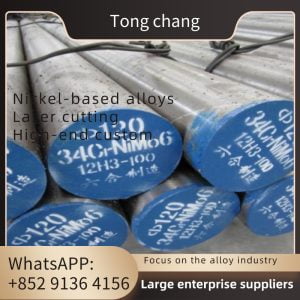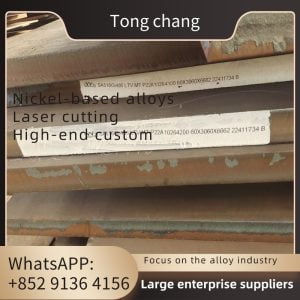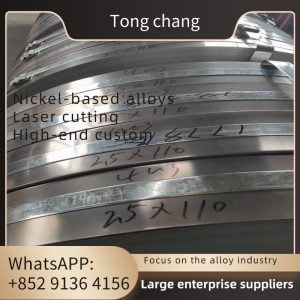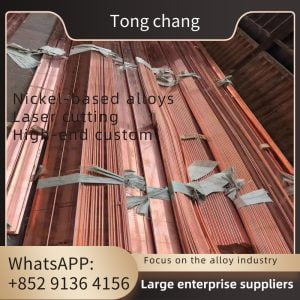| Standard: | ASME SA179 / ASTM A179 | Type: | Embedded G Type |
|---|---|---|---|
| Application: | Heater Parts, Refrigeration Parts, Air Cooler, Fluid Cooling | Base Tube Material: | Alloy Steel / Stainless Steel / Carbon Steel |
| Fin Material: | Aluminium / Aluminium 1060 | Packing: | Steel Frame,wooden,iron Steel Frame Wooden Case,In Crate,etc |
G TYPE SA179 EMBEDDED FINNED TUBE ALUMINIUM FIN FOR AIR COOLER
Overview
Finned tubes are divided into various forms and materials, commonly used for industrial heating, cooling, etc. It uses a high-frequency power source as the heat source to simultaneously heat the steel pipe and strip, so that they are fused and welded together as a whole. Usually made of high-quality seamless steel pipes, their diameter, wall thickness, and length can be selected according to the needs of users, which can meet their different needs.
Finned tubes are the main heat dissipation components of finned tube radiators. The advantages of finned tubes are small size, large heat dissipation area, corrosion resistance, and high pressure resistance. Generally, the diameter, width, and spacing of finned tubes can affect their heat dissipation effect. Convection heat dissipation is usually used, which ensures stable and uniform heat dissipation without the problem of upper cooling and lower heating.
Embedded finned tube is a pre machined spiral groove of a certain width and depth on a steel pipe, and then the steel strip is embedded on the steel pipe on a lathe. During the winding process, due to a certain pre tightening force, the finned tube steel strip will be tightly clamped in the spiral groove, ensuring a certain contact area between the steel strip and the steel pipe. To prevent the steel strip from rebounding and falling off, both ends of the steel strip should be welded to the steel pipe. For ease of installation, there should be a certain side gap between the steel strip and the spiral groove. If the side gap is too small to form interference, the inlay process is difficult to proceed smoothly. In addition, the wrapped steel strip always has a certain degree of rebound, which results in poor joint between the steel strip and the bottom surface of the spiral groove. Inlaying fins can be carried out on general equipment at a low cost, but the process is complex and the production efficiency is low.
A179 Bare Tube Specificaiton
| Standards | ASTM, ASME and API |
| Size | 1/2” NB to 36” NB |
| Thickness | 3-12mm |
| Schedules | SCH 40, SCH 80, SCH 160, SCH XS, SCH XXS, All Schedules |
| Tolerance | Cold drawn pipe: +/-0.1mm Cold rolled pipe: +/-0.05mm |
| Craft | Cold rolled and Cold drawn |
| Type | Seamless / ERW / Welded / Fabricated |
| Form | Round Pipes/Tubes, Square Pipes/Tubes, Rectangular Pipe/Tubes, Coiled Tubes, “U” Shape, Pan Cake Coils, Hydraulic Tubes |
| Length | Min 3 Meters, Max18 Meters, or according to customer’s requirement |
| End | Plain End, Beveled End, Treaded |
Features of A179:
- Dimensional accuracy.
- High strength
- Durable
- Corrosion resistance
- Fine finish
Chemical Composition of A179
| C(%) | Mn(%) | P≤(%) | S≤(%) | Si≤(%) |
| 0.06-0.18 | 0.27-0.63 | 0.035 | 0.035 | 0.25 |
Mechanical properties of A179
| Tensile Strength(Mpa) | Yield Strength(Mpa) | Elongation(%) | Hardness(HRB) |
| 325 Min | 180 Min | 35 Min | 72 max |
Application:
- Heat exchangers for power plants (electric, nuclear, thermal and geothermal power plants)
- Steam condensate systems
- Chemical and petrochemical industry
- Food processing plants
- Refrigeration technology
- Industrial (steel mills, incinerators, gas compression facilities).








